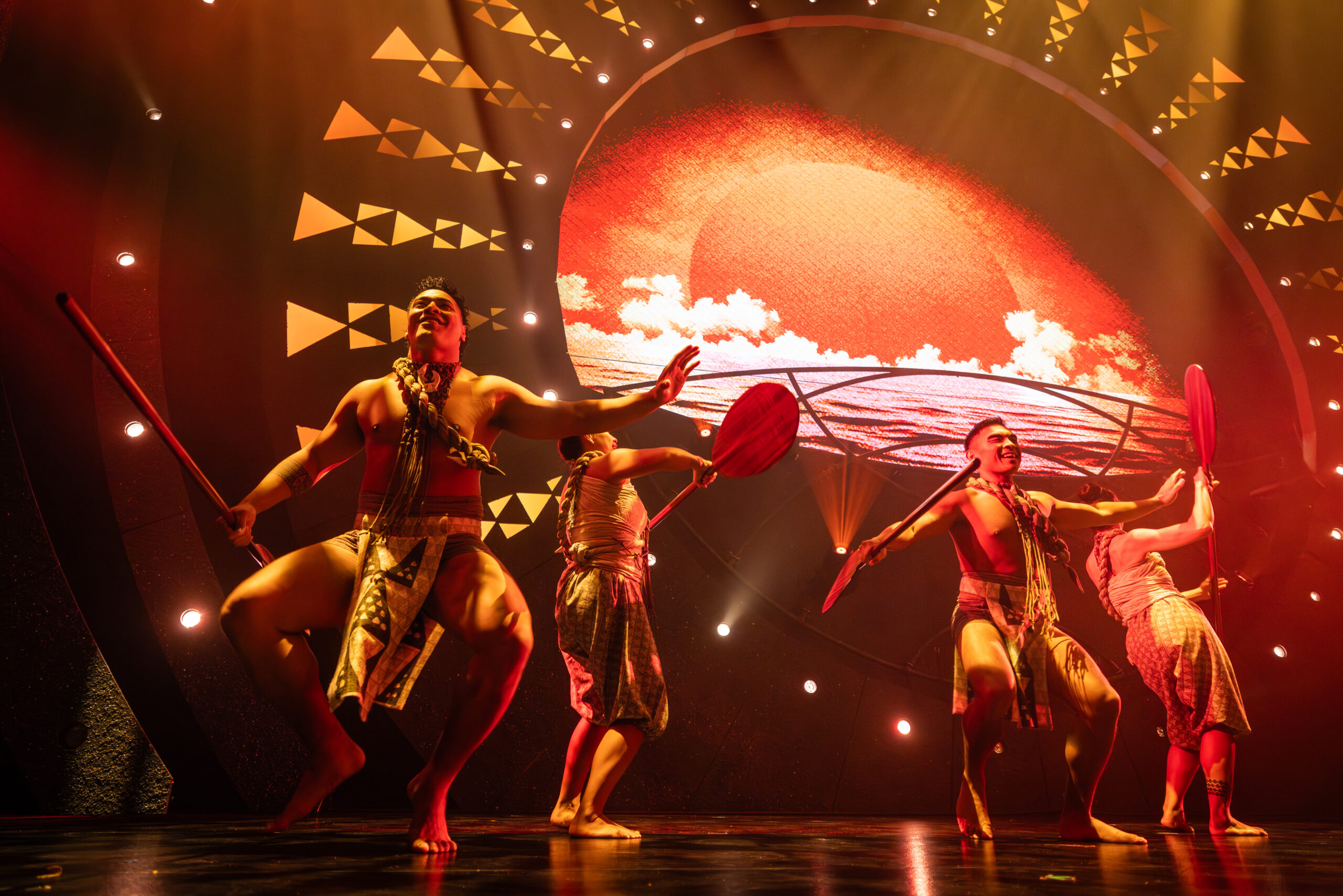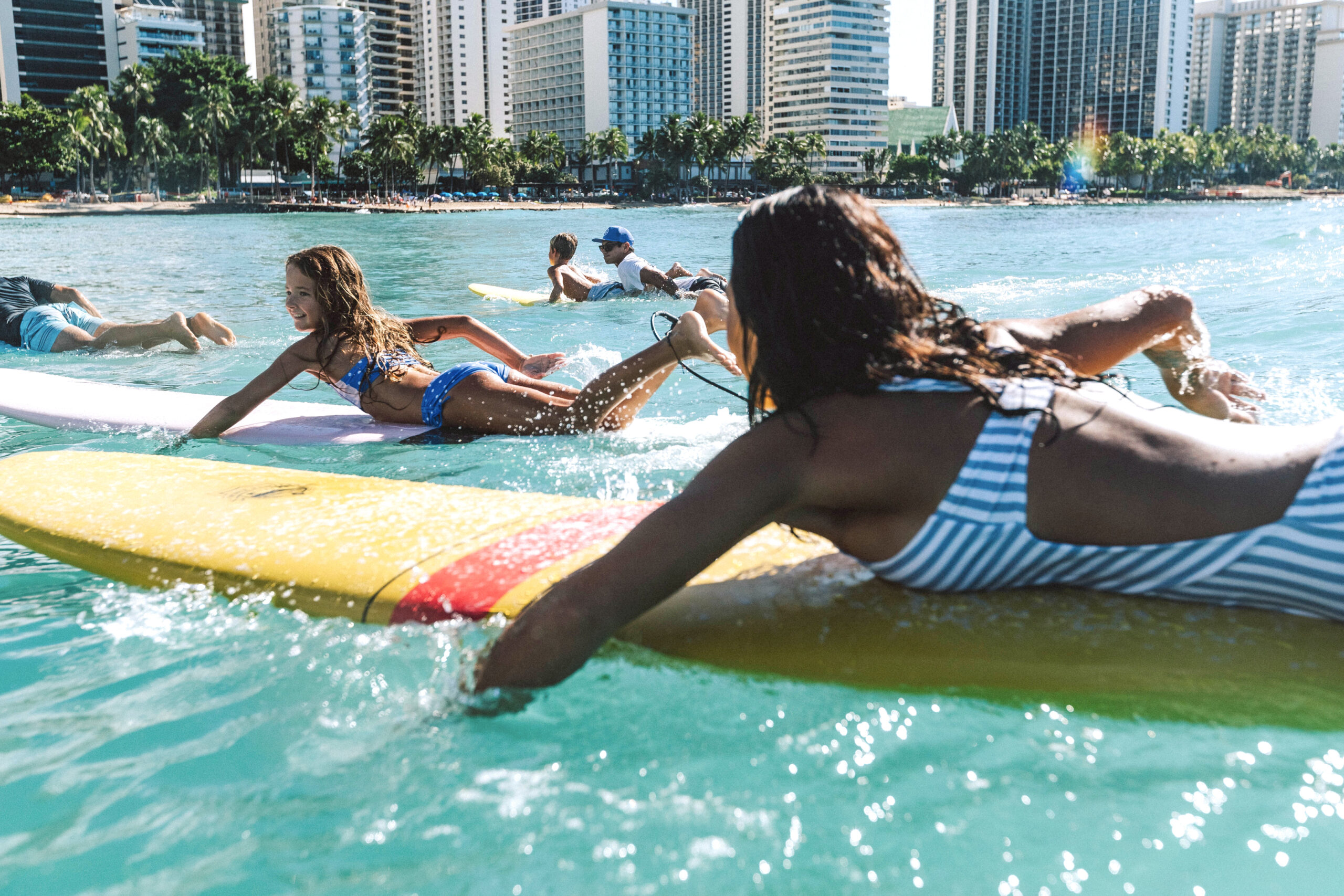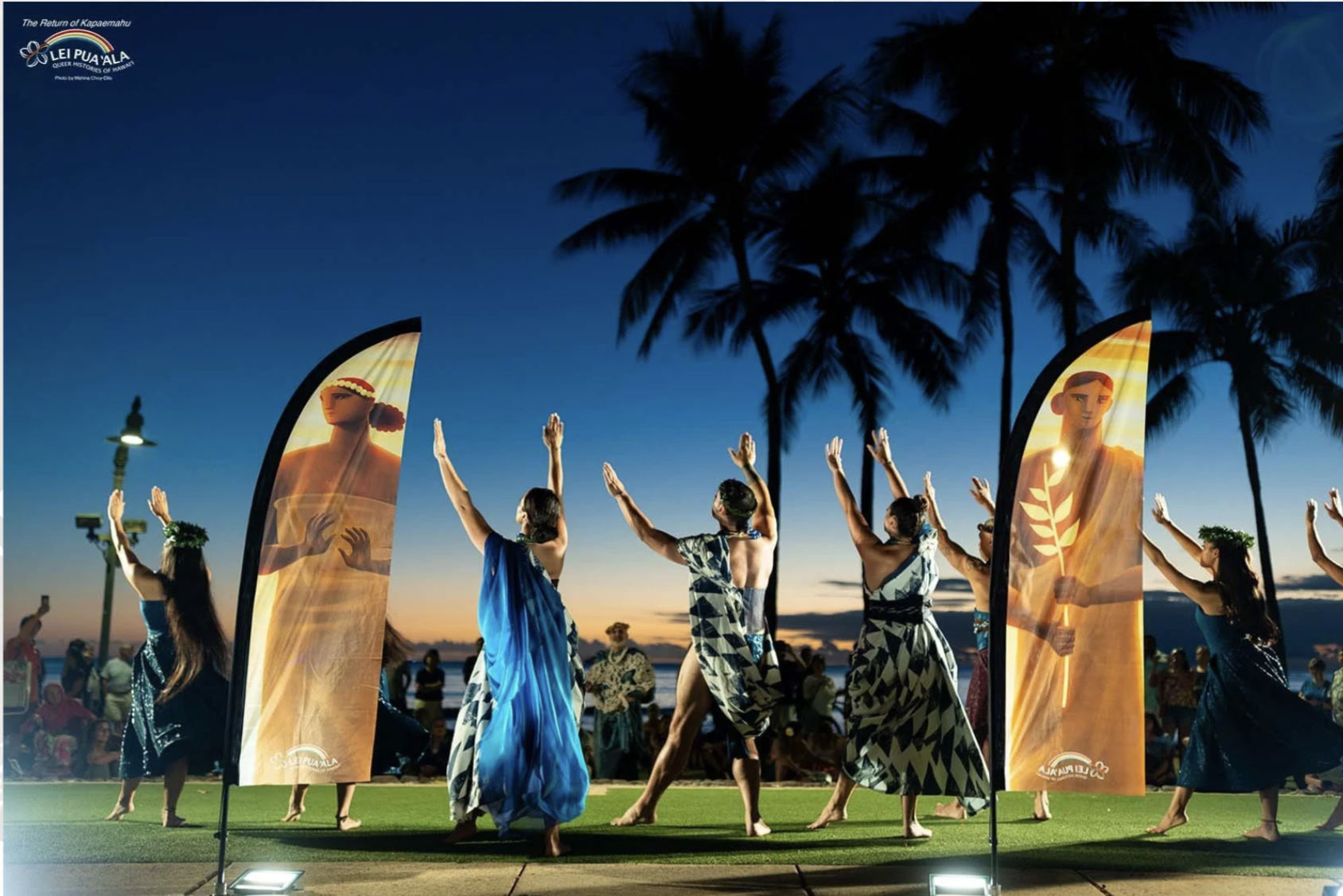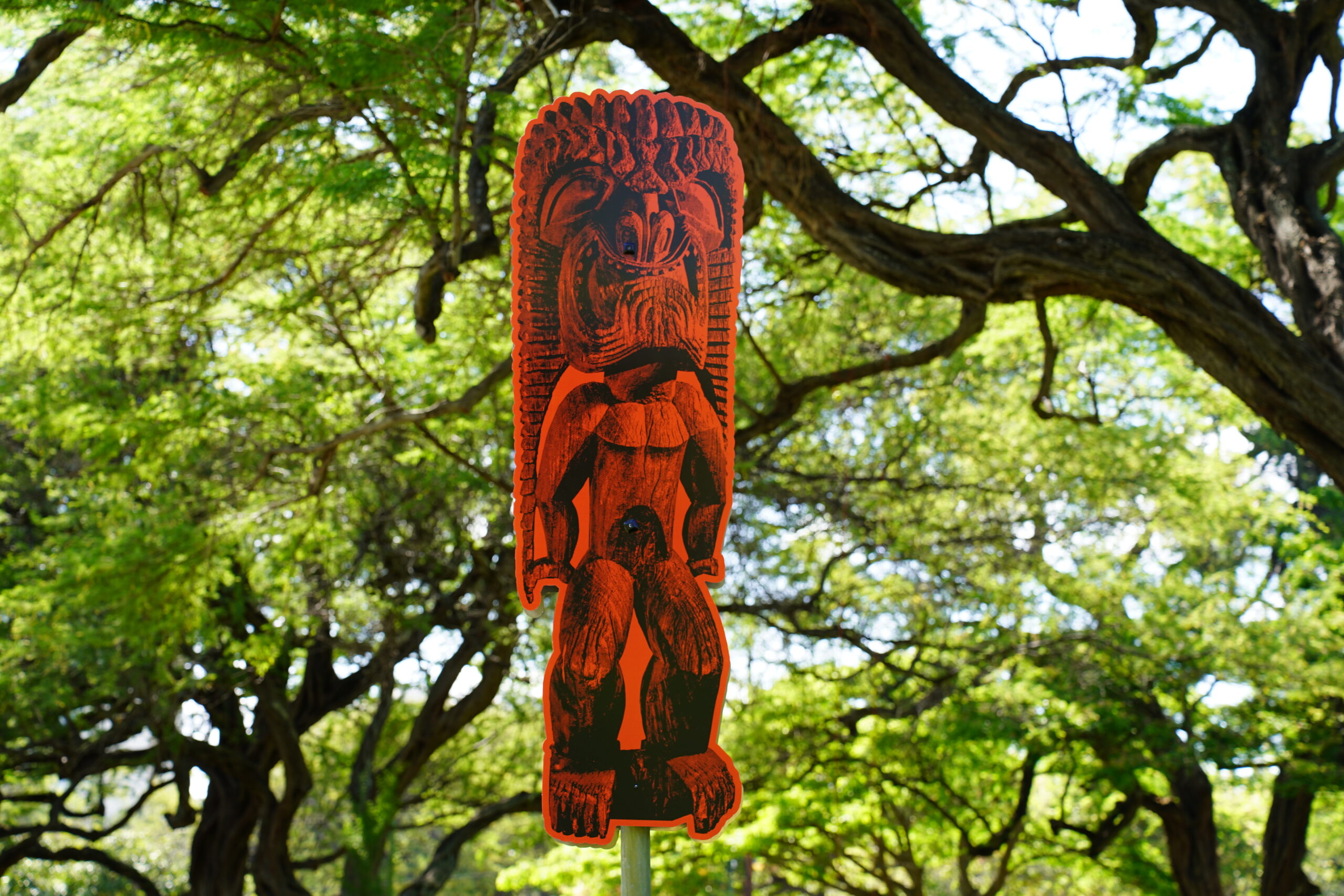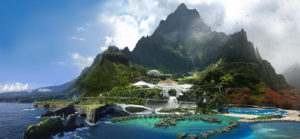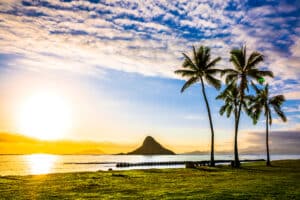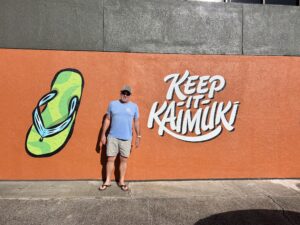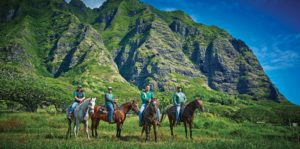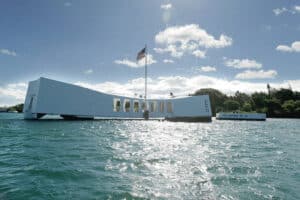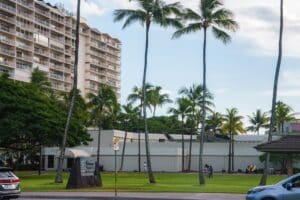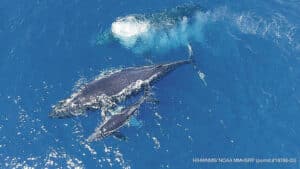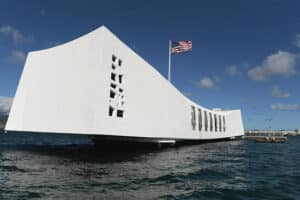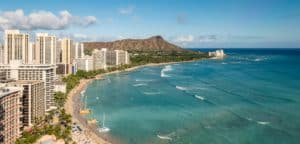For too long, visitors have only known Waikīkī as a bustling tourist destination with high-end shopping, packed beaches and the world-famous mai tai. That is changing. More Native Hawaiians are reclaiming this space and reintroducing traditions once lost to the postcard image of white sand and palm trees.
Before visiting these attractions, it’s helpful to understand the history of Hawaiʻi’s most popular tourist destination.
A Very Brief History of Waikīkī
Long before Capt. James Cook arrived on Kauaʻi, Waikīkī – Hawaiian for “spouting waters” – was covered in wetland loʻi kalo (taro fields) and loko iʻa (fishponds). In the late 1700s, King Kamehame I took up residency here, and it was a popular retreat for royalty.
Everything began to change in the 1820s when American missionaries arrived to convert Kanaka Maoli (Native Hawaiians) to Christianity. Foreigners moved into Waikīkī, immigrant laborers came to Oʻahu to work sugarcane plantations and Matson steamships began bringing visitors to see “paradise.” By the late 1800s, the first hotels opened in Waikīkī, and former plantation workers began planting rice in what had once been kalo fields.
In 1893, with the help of the U.S. military, American businessmen illegally overthrew the Hawaiian monarchy. Five years later, despite the efforts of Queen Liliʻoukalani and the Hawaiian people, the United States annexed the Kingdom of Hawaiʻi.
In 1906, the Honolulu Board of Health declared Waikīkī’s wetlands a public health threat, which led to dredging, the creation of the Ala Wai Canal and the filling in of fishponds and wetlands to make way for real estate development – now home to Waikīkī’s hotels, businesses and beaches. Homes that once belonged to Hawaiian royalty were demolished.
By the 1960s, Waikīkī hotels were at full occupancy, and, second only to New York City, it had become the most popular vacation destination in the United States.
Today, Waikīkī attractions that share Hawaiian culture can be found in art exhibitions, performances and even a world-renowned circus. Each one introduces the area to visitors in a whole new light – and should not be missed.
‘Auana: Cirque du Soleil
This year, Cirque du Soleil launched its first resident production in Hawaiʻi. Held at The Outrigger Waikiki Beachcomber Hotel, ʻAuana – meaning “to wander” or “veer off the beaten” path – tells the story of Waikīkī told through a Hawaiian lens, featuring Cirque’s signature acrobatics, sound design and visual artistry.
Show director Neil Dorward worked with a Native Hawaiian creative team to ensure that every element of the production reflects community voices and the entire production is told in ʻolelo Hawaiʻi (Hawaiian language).
Performances are Wednesday through Sunday at 5:30 p.m. and 8:00 p.m.
Special Deals:
From now through 2026, guests who book a stay at any OUTRIGGER property recieve 10% off tickets to ‘Auana. Click here to view special resort rates and package deals. ‘Auana tickets must be purchased separately to receive the discount.
Kama‘āina will also recieve a discount of up to 30% off tickets and The Aloha Friday offer allows locals to receive a free keiki (child) ticket with the purchase of an adult ticket for Friday performances.
The Family Pack offer, available to all guests, provides up to 15% off when purchasing a minimum of four tickets, including at least one adult and one child. To redeem, visit cirquedusoleil.com/auana and view all current offers under the Deals tab.
In The Southern Sun
Presented by global art collective POW! WOW! and curated by local artist Kamea Hadar, this immersive art experience located on Kalākaua Avenue at the Hyatt Regency Waikīkī Beach Resort and Spa traces Waikīkī’s layered history through murals and interactive installations. This first-ever street art exhibit in Waikīkī is rooted in Native Hawaiian perspectives of place, seasonality and cultural memory.
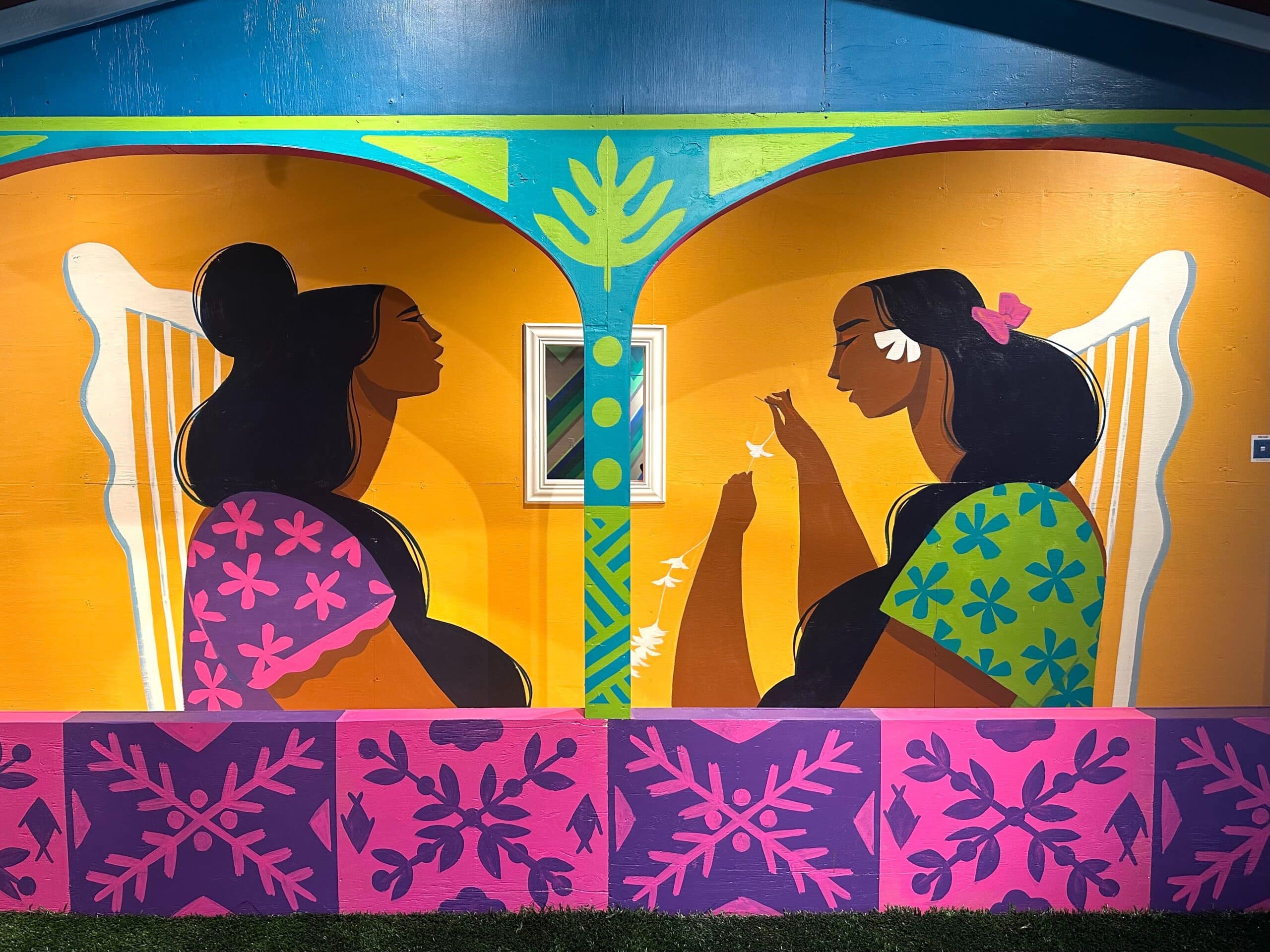
“‘Āina Wonderland & Ahupua’a Hale” by illustrator and owner of Punky Aloha Studios Shar Tuiasoa. Photo by Sarah Burchard.
The Return of Kapaemahu
The Healer Stones of Kapaemahu are an ancient sacred site of healing located on Waikīkī Beach, across from the Hyatt Regency Waikīkī Beach Resort and Spa. The Return of Kapaemahu is a free hula show presented by Qwaves Kanaka Pakipika – a local non-profit “dedicated to acceptance, respect and inclusion for all” – as part of their Lei Pua ʻAla, or “garland of fragrant flowers,” project. The performance shares the centuries-old story of Tahitian māhū (a third gender, an individual who embodies both male and female spirit) and the healer stones, which remain deeply significant in Hawaiian culture.
The show is performed every Wednesday from 6:30 to 7:30 p.m. at the Kūhiō Beach Hula Mound near the Duke Kahanamoku Statue.
Wahi Pana: Kū‘ena‘ena at Kapiʻolani Park
Wahi Pana, or storied places, is an island-wide public art initiative funded by the Bloomberg Philanthropies Public Art Challenge. It explores the complex history of Hawaiian land through 11 site-specific multimedia installations by Native Hawaiian artists and storytellers.
Each site, located across Oʻahu, invites visitors to reflect on history through sculptures, photography, poetry and mele (music). From 2025 to 2028, visitors can walk the area of each exhibit to engage with its stories.
In Waikīkī, Kū‘ena‘ena at Kapiʻolani Park features a series of images that honor the brilliance of traditional Hawaiian knowledge.
